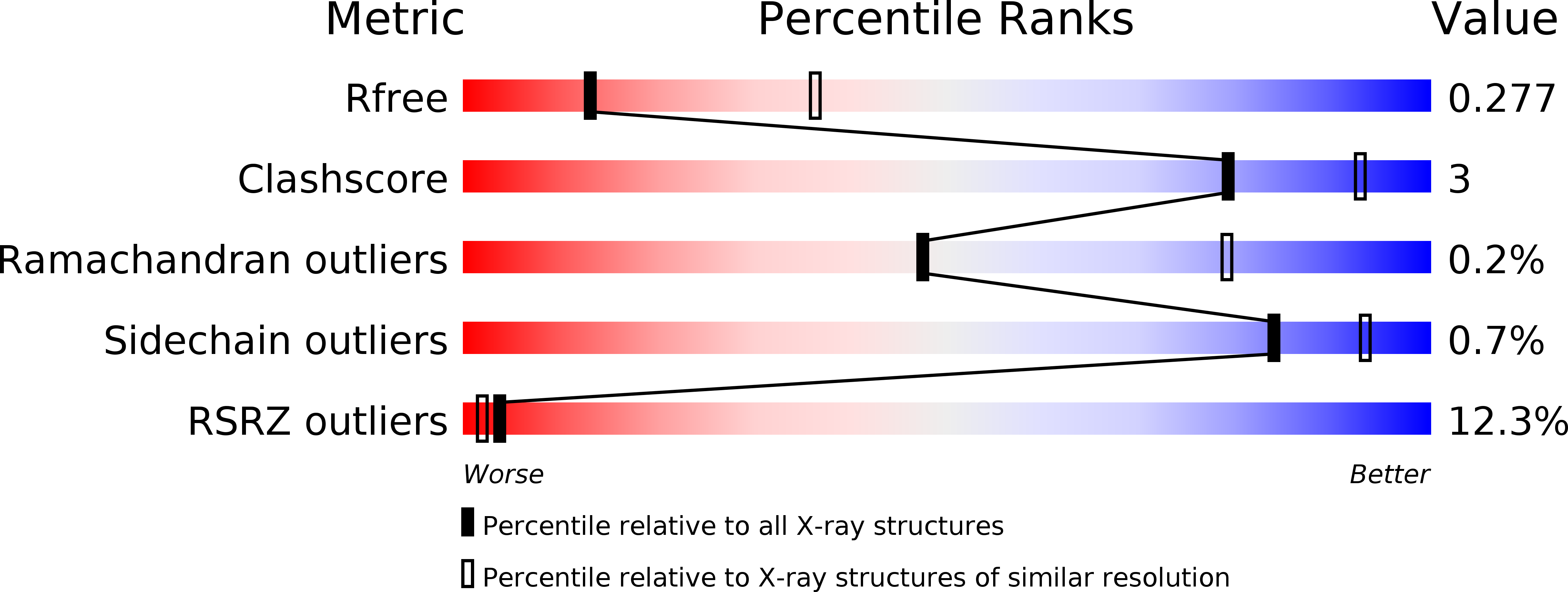
Deposition Date
2013-05-24
Release Date
2013-07-17
Last Version Date
2024-02-28
Entry Detail
PDB ID:
4KX6
Keywords:
Title:
Plasticity of the quinone-binding site of the complex II homolog quinol:fumarate reductase
Biological Source:
Source Organism:
Escherichia coli (Taxon ID: 83333)
Escherichia coli (Taxon ID: 595496)
Escherichia coli (Taxon ID: 536056)
Escherichia coli (Taxon ID: 595496)
Escherichia coli (Taxon ID: 536056)
Host Organism:
Method Details:
Experimental Method:
Resolution:
2.95 Å
R-Value Free:
0.27
R-Value Work:
0.24
R-Value Observed:
0.24
Space Group:
P 21 21 21


